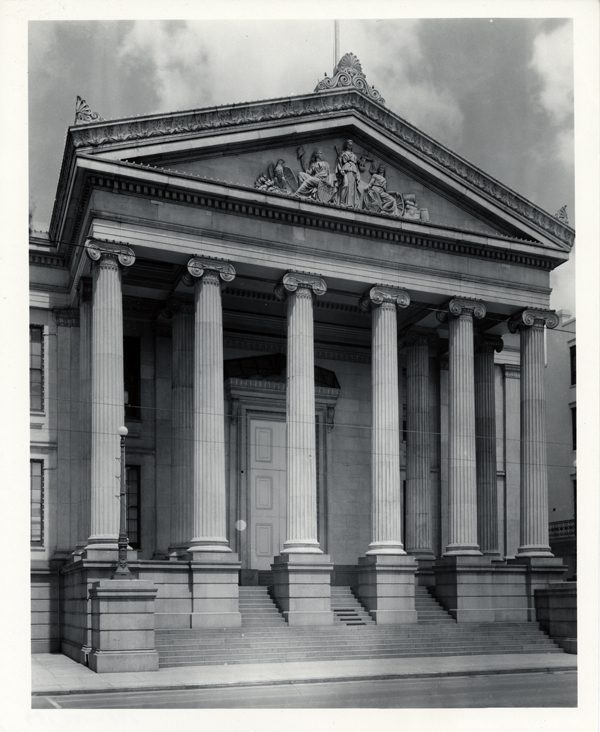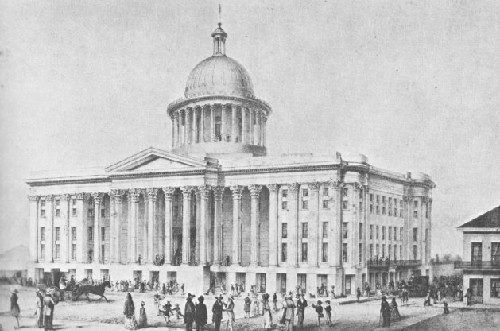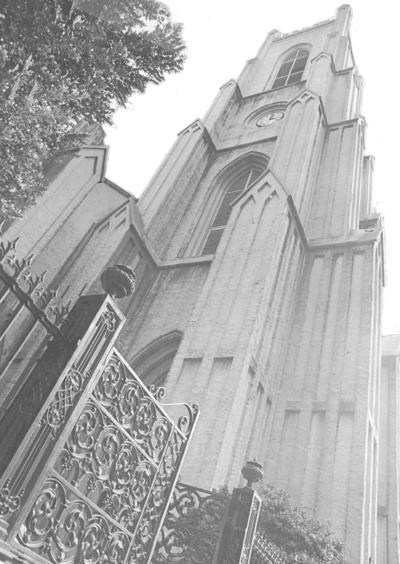James Gallier Sr., originally from Ravensdale, Ireland, left an indelible mark on New Orleans with his masterful Greek Revival designs in the 19th century. The son of a builder and engineer, Gallier Sr. brought his architectural expertise to a city on the rise, helping to shape the historical fabric of New Orleans that we still admire today. His work reflects a deep understanding of classical design principles while adapting them to the unique character of the Crescent City.
Here are three of Gallier Sr.’s most notable contributions to New Orleans architecture:
Gallier Hall
Gallier Hall stands as one of the finest examples of Greek Revival architecture in the South. Completed in 1853, it served as New Orleans’ City Hall until 1957. Its imposing columns and stately façade remain a symbol of the city’s architectural heritage. Over the years, Gallier Hall has hosted countless significant events, including the lying-in-state of Jefferson Davis and local music legend Ernie K-Doe. Today, it remains one of the few surviving Greek Revival structures in New Orleans and serves as a backdrop for city celebrations, including Mardi Gras parades.
The St. Charles Hotel
The St. Charles Hotel, originally known as the Charles Exchange Hotel, was a landmark in the First District’s American Sector. Designed by Gallier Sr., the hotel was known for its opulence, with its grand dome and richly decorated interiors drawing comparisons to European palaces. John Kendall once remarked in The History of New Orleans, “Set the St. Charles down in St. Petersburg, and you would think it a palace.” Tragically, the hotel was destroyed in the fire of 1851, but its legacy remains a testament to Gallier’s architectural brilliance.
St. Patrick’s Church
While not originally designed by Gallier Sr., his reconstruction and alterations to St. Patrick’s Church are regarded as a remarkable feat of engineering. When the tower walls began to settle due to foundation issues, Gallier successfully replaced the old foundation without compromising the integrity of the structure—a remarkable achievement in the mid-19th century. He also redesigned much of the church’s interior, creating a harmonious blend of strength and elegance that continues to inspire visitors today.
Gallier Sr.’s influence on New Orleans architecture is undeniable. His ability to blend classical European design with the unique demands of the city’s climate and culture makes his work timeless.
Interested in learning more about New Orleans’ architectural history? Take a walk down St. Charles Avenue or visit Gallier Hall to experience Gallier Sr.’s legacy firsthand. Or check out these articles for more reading:






